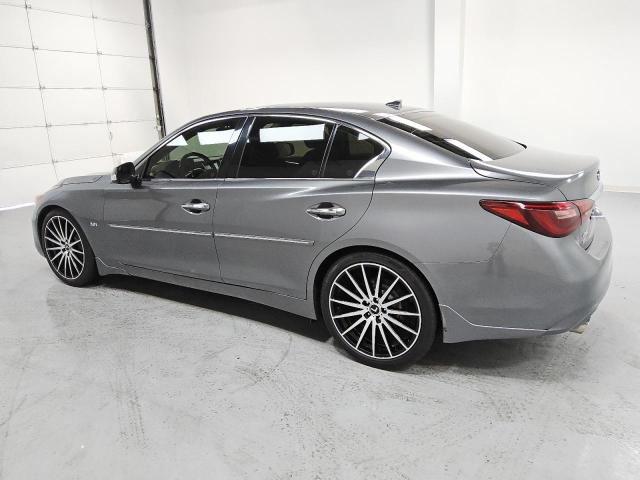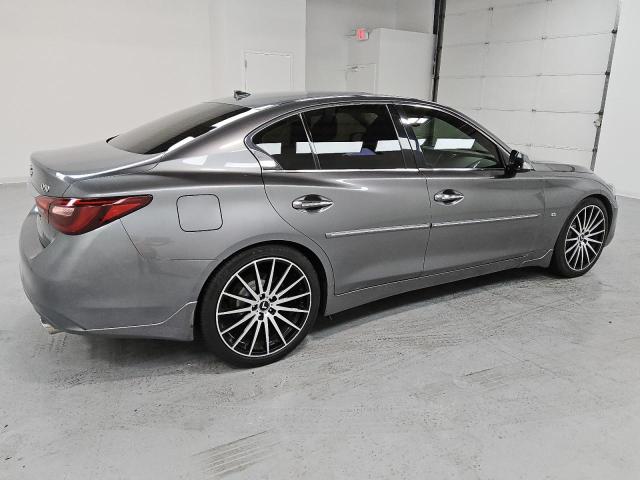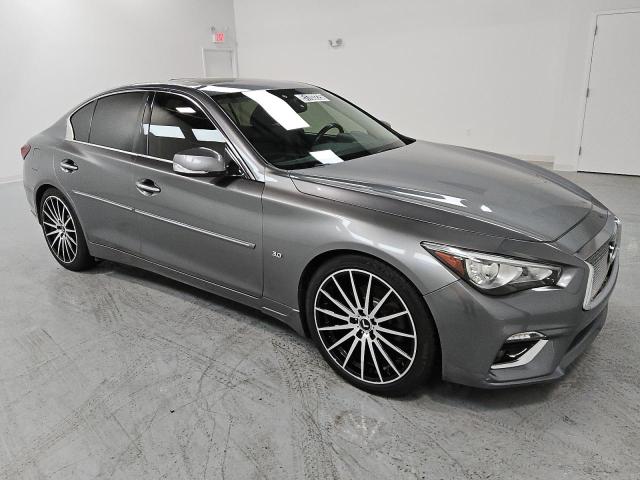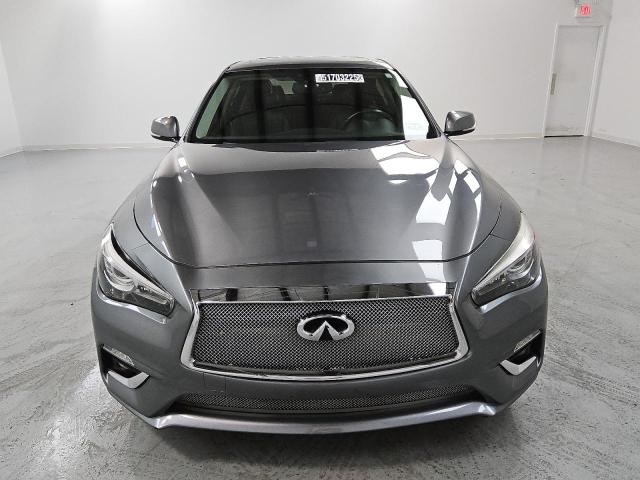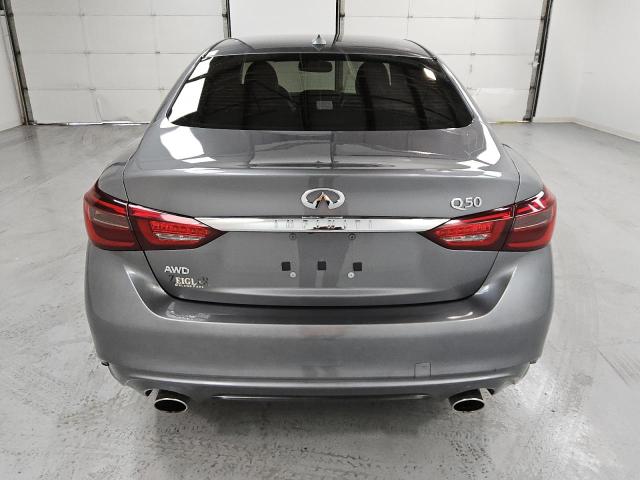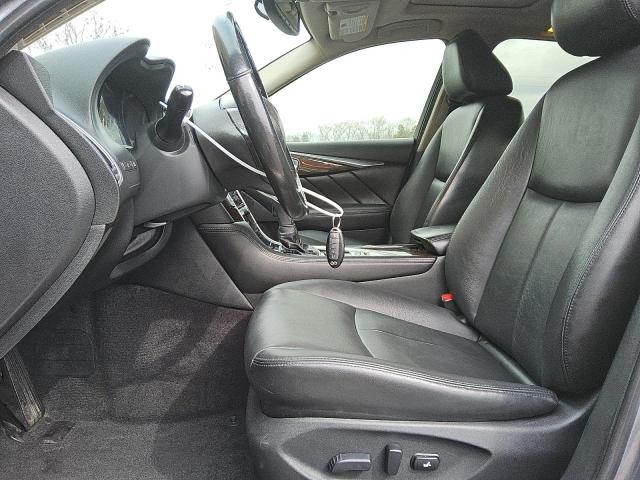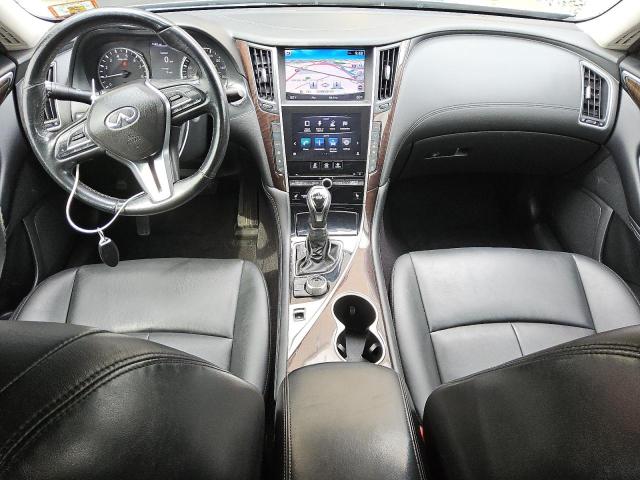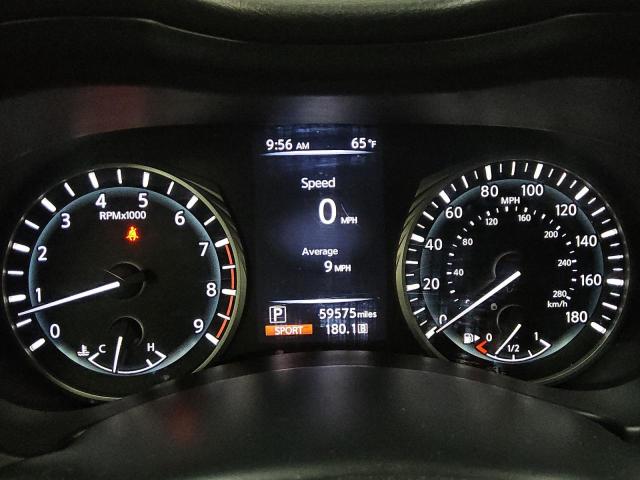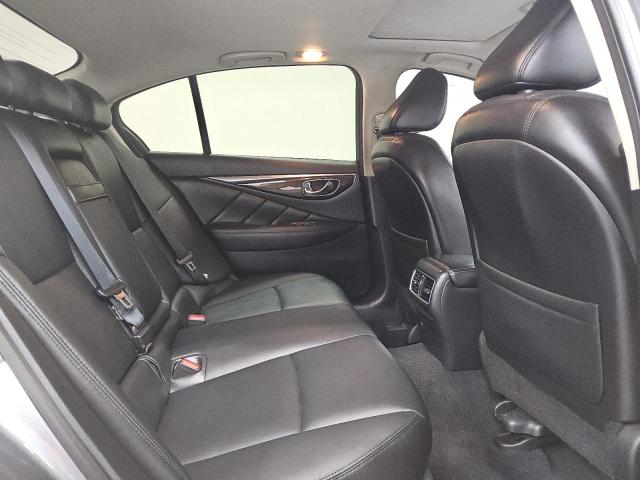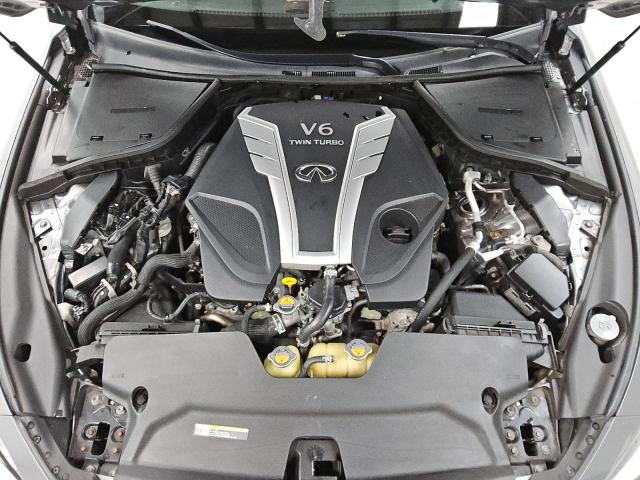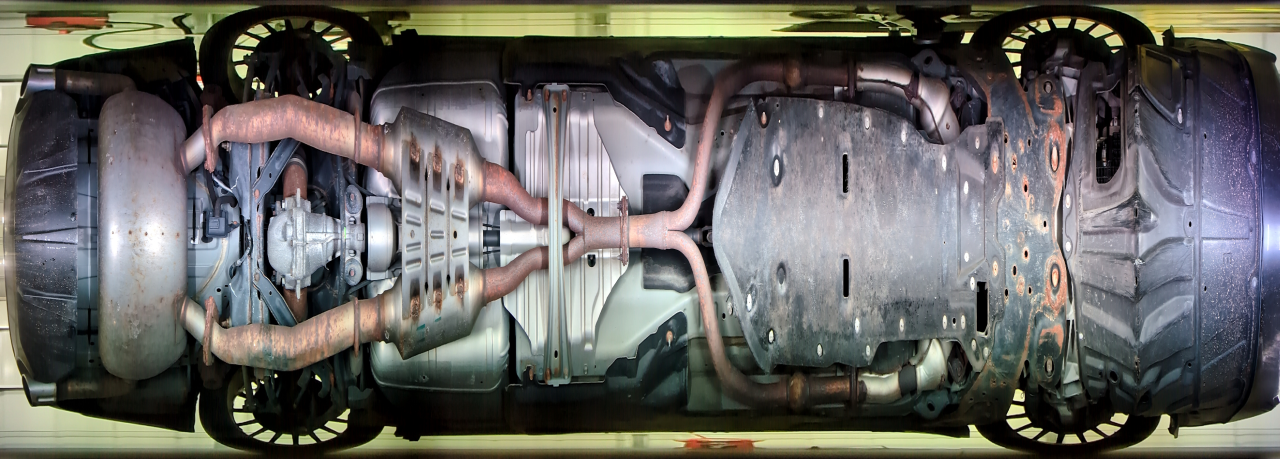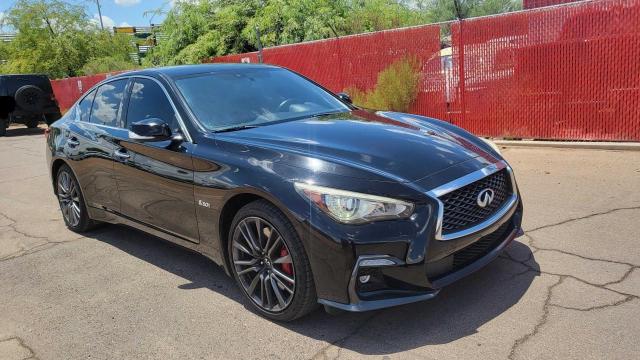2018 INFINITI Q50 | JN1EV7AR5JM436949
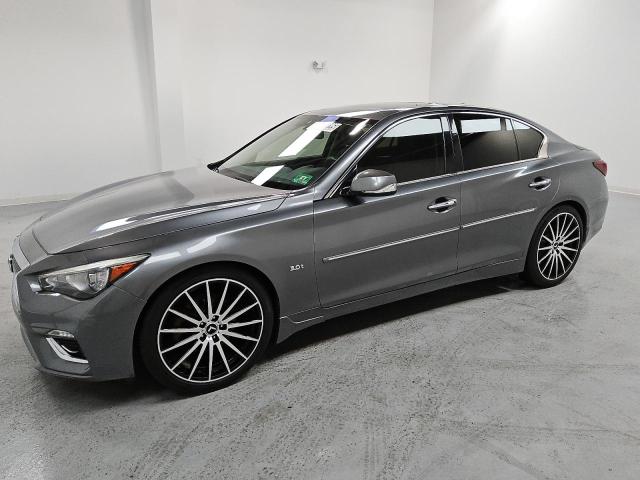 ❯
❯Lot details
- Sale Date2025-06-17
- Lot Number51703225
- ACV18375 $
- Sale documentMI - CERTIFICATE OF TITLE
- LocationNJ - GLASSBORO WEST
- Odometer59,575 miles (95,876 km)
- Primary DamageMINOR DENT/SCRATCHES
- SellerGM FINANCIAL
Vehicle specifications
4
~$60,000
Engine: 3.0L twin-turbocharged V6
Torque: 475 Nm
0–100 km/h: ~4.5 s
The Infiniti Q50 Red Sport 400 remains the most powerful and longest-living performance sedan in Infiniti’s lineup, offering twin-turbocharged V6 performance wrapped in an elegant, understated shell. Its 400 horsepower and 475 Nm of torque delivered spirited acceleration — 0–100 km/h in 4.5 seconds (AWD) — while maintaining daily comfort and luxury.
The VR30 engine was shared with the Nissan GT-R’s design lineage and featured lightweight components, water-cooled intercoolers, and dual turbine speed sensors. The Direct Adaptive Steering system (steer-by-wire) was innovative but divisive, praised for responsiveness but criticized for lack of feel — though it improved over model years.
Though the chassis was competent, the Q50 always leaned more toward straight-line performance and high-speed refinement than tight, agile cornering. Optional Dynamic Digital Suspension, sport brakes, and rear-biased AWD system helped deliver poise, especially in Red Sport trim.
The cabin featured leather seats, dual-screen infotainment (increasingly dated in later years), and respectable materials, though it lacked the polish of German rivals. Still, for the price, the Q50 Red Sport 400 offered a unique value proposition: V6 twin-turbo power, Japanese reliability, and luxury sedan comfort.
The Q50 Red Sport 400 earns its place in the performance registry as Infiniti’s last true performance sedan, closing an era of ICE-powered sport-luxury machines with force and elegance — and no direct successor in sight.
Final Bid Infiniti Q50 (2018)
$12,500
$14,125
$16,900
Body Styles
Compact Executive Sedan (Q50) – a four-door premium sedan blending performance, technology, and comfort. With its distinctive double-arch grille, crescent-cut C-pillar, and flowing character lines, the Q50 presents a sportier alternative to more conservative German rivals. A long hood, rear-biased stance, and available AWD reinforce its performance credentials.
Model Name Meaning (Manufacturer)
The “Q” prefix, introduced in 2013, is Infiniti’s rebranding strategy to unify its sedans and coupes under a single naming convention. The number “50” reflects the model’s position in the lineup, equivalent to a D-segment sedan — competing directly with the BMW 3 Series, Audi A4, and Lexus IS.
Body & Interior Colors and Rims
The Q50 has been offered in a range of elegant and sporty finishes, from Graphite Shadow, Black Obsidian, and Majestic White, to more vibrant hues like Dynamic Sunstone Red and Grand Blue (Red Sport only). Some trims offered contrasting mirror caps, darker window surrounds, or sportier front and rear fascia.
Inside, the Q50 combined traditional Japanese craftsmanship with modern luxury. Leather-appointed seating was available in Graphite, Stone, Java, and Gallery White. Red Sport models introduced Quilted Graphite Leather or semi-aniline Gallery White with red stitching, along with dark chrome or textured aluminum accents.
Technology centered on Infiniti’s InTouch dual-screen system, combining an 8-inch upper display for navigation and a 7-inch lower screen for media and vehicle settings. While competitors evolved toward single widescreen displays, Infiniti retained its stacked twin-display layout. Upper trims offered Bose Performance Series audio (16 speakers), Direct Adaptive Steering (steer-by-wire), and Dynamic Digital Suspension.
Wheel sizes ranged from 17-inch split-spoke alloys (base) to 19-inch aluminum sport wheels in gunmetal or machine-finished styles. The Red Sport featured bespoke 19-inch alloys with gloss black inserts or optional 20-inch forged wheels (2021+), paired with performance tires and red-painted sport brakes.
Top Expensive Options
- ProACTIVE Package (Direct Adaptive Steering, Blind Spot Intervention, Lane Keep Assist): ~$2,800
- Sensory Package (Bose 16-Speaker Audio, Advanced Climate, Power Tilt Column): ~$2,650
- Infiniti InTouch Navigation with HD Display Upgrade: ~$1,400
- Dynamic Digital Suspension (Red Sport only): ~$1,000
- 20" Sport Alloy Wheels with Performance Tires (Red Sport): ~$1,900
- Around View Monitor with Moving Object Detection: ~$800
- Semi-Aniline Leather Seating Upgrade (Red Sport): ~$1,200
- Power Moonroof with One-Touch Open/Close: ~$1,050
- Carbon Fiber Rear Spoiler and Mirror Caps (Red Sport): ~$1,100
- Ambient Lighting Package with Footwell and Door Trim Accents: ~$500
vs Competitors
The Q50 went head-to-head with the BMW 3 Series, Audi A4, Mercedes-Benz C-Class, and Lexus IS. Compared to the 3 Series, the Q50 emphasized smoother ride quality and more power in base trims, though it lacked the same chassis precision. Against the A4, the Q50 offered rear-wheel drive dynamics, superior standard horsepower, and a more aggressive design. Versus the C-Class, the Q50 was less refined but more performance-oriented at similar price points. Lexus IS provided stiffer competition in terms of reliability and cabin finish, but the Q50 Red Sport outgunned all its rivals in horsepower, offering 400 hp at a price that undercut equivalent German sport sedans.
Fun Fact
The Q50 was the first production car to feature a steer-by-wire system (Direct Adaptive Steering), eliminating the mechanical link between the steering wheel and the front wheels in favor of electronic control, offering customizable feedback and lightning-fast response — though the system remained polarizing among enthusiasts.



